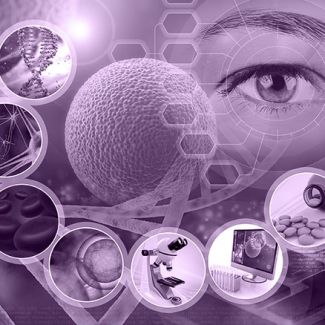Biométrie foetale par échographie : nouvelles approches techniques et pédagogiques
Fetal biometry in ultrasound : technical and educational new approaches
Jury
Directeur de these - MOREL - Olivier - Maternité du CHRU de Nancy
Rapporteur - HOUFFLIN DEBARGE - Véronique - Hôpital Jeanne de Flandre
Rapporteur - TSATSARIS - Vassilis - Maternité Port Royal
Président - AGRINIER - Nelly - Ecole de santé Publique
CoDirecteur de these - BERVEILLER - Paul - CHI Poissy Saint-Germain
Examinateur - DUPONT - Corinne - Hôpital de La Croix Rousse
école doctorale
BioSE - Biologie Santé Environnement
Laboratoire
IADI - Imagerie Adaptative Diagnostique et Interventionnelle
Mention de diplôme
Sciences de la Vie et de la Santé - BioSE
amphithéâtre Fruhinsholz
Maternité du CHRU de Nancy
Mots clés
biométrie foetale,échographie,reproductibilité,concordance,formation,apprentissage,
Résumé de la thèse
La morbi-mortalité augmentée associée aux anomalies de croissance foetale résulte d’une part de complications mécaniques ou physiopathologiques et d’autre part de la iatrogénie induite par la prise en charge de ces anomalies. Ce constat a conduit les équipes obstétricales à utiliser l’imagerie anténatale pour anticiper le diagnostic de ces anomalies et limiter leurs conséquences délétères maternelles et foetales.
Keywords
fetal biometry,ultrasound,reproducibility,agreements,training,learning,
Abstract
The increased morbidity and mortality associated with fetal growth abnormalities result both from mechanical or pathophysiological complications and from the iatrogenesis induced by dealing with these anomalies. This observation led us to use antenatal imaging to anticipate the diagnosis of these growth abnormalities and limit their harmful maternal and fetal consequences. Ultrasound has been used preferentially in this indication, and there is now a consensus on using systematically three measurement parameters (cephalic and abdominal circumference and femoral length).




